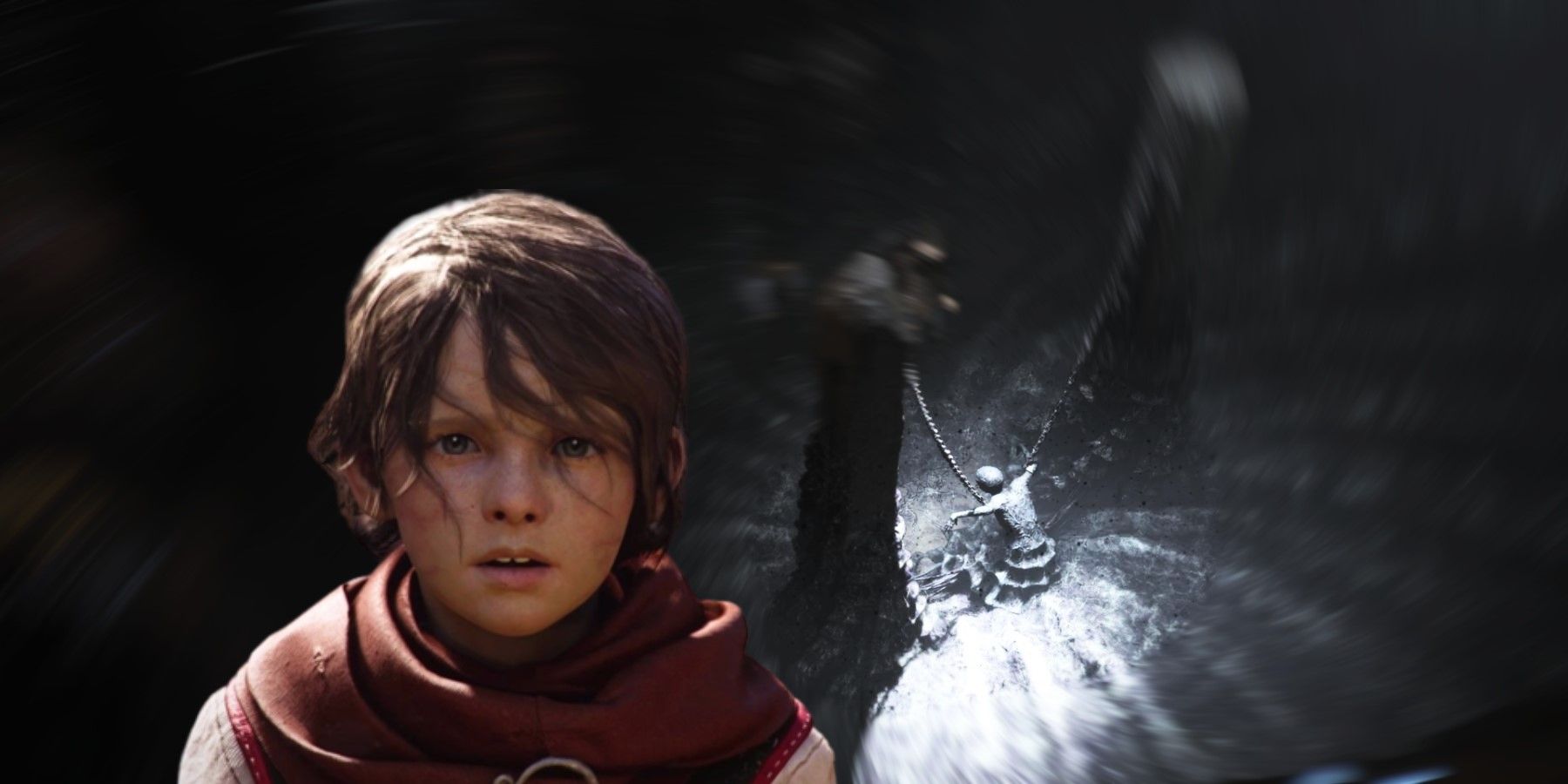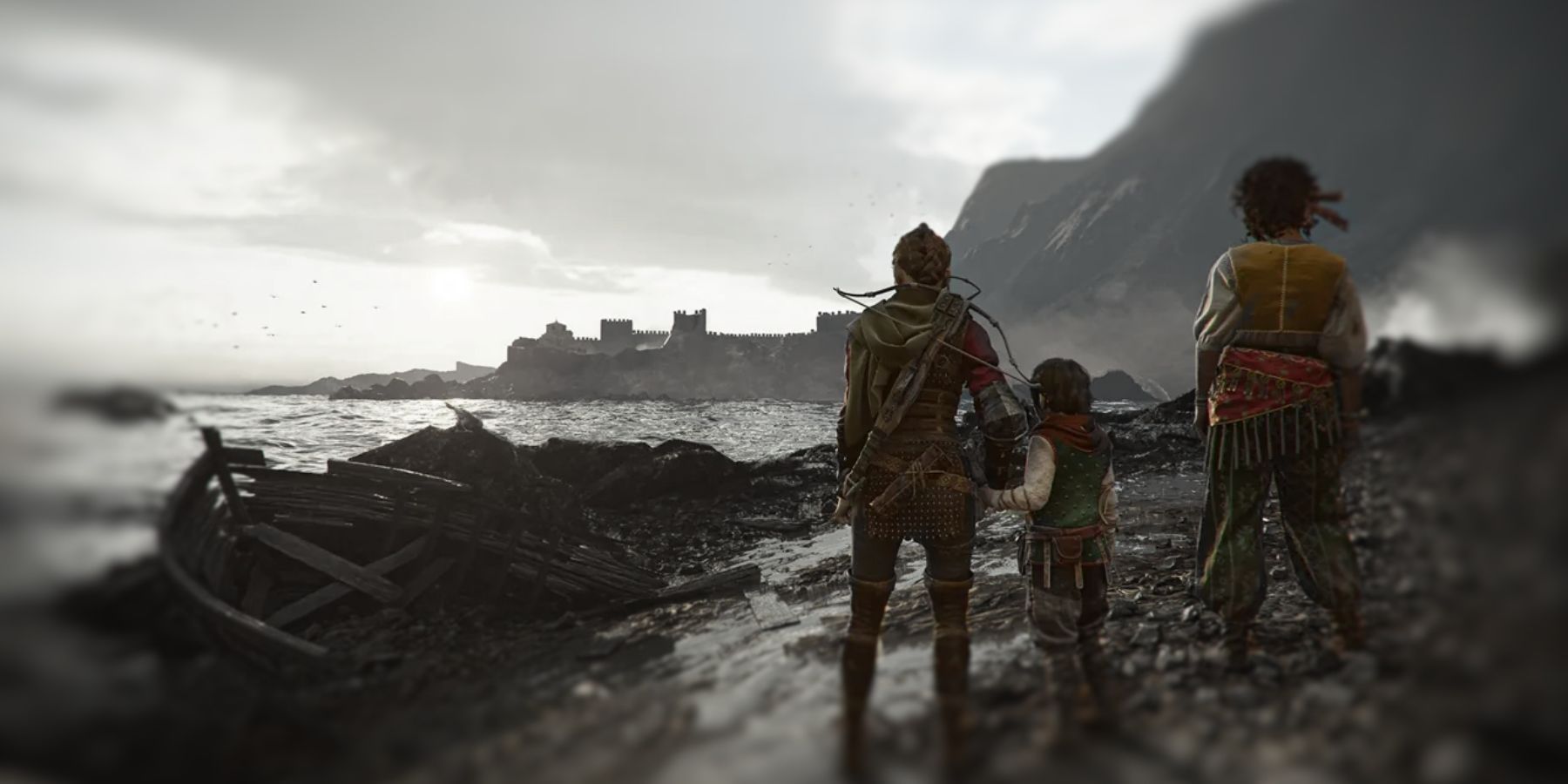A Plague Tale: Requiem came out three years after its predecessor, and it had the tough job of creating a worthwhile sequel to an already acclaimed game with the same protagonists as well as some new faces. Amicia and Hugo remain the main characters, but with an important shift in perspective coming from the little boy being wanted not by the inquisition, but by the Count and Countess de Arles of La Cuna, as they believe he is the so-called Child of Embers. While the inquisition wanted Hugo dead in A Plague Tale: Innocence, the sequel puts an emphasis on characters adoring Hugo as a god of sorts, performing sacrificial offerings in his name.
In A Plague Tale: Requiem, the story is more about the consequences of being the Carrier of the Prima Macula, and the characters eventually discover the place where the first Carrier, a boy named Basilius, was imprisoned and left to die eight centuries before. In fact, the Prima Macula is a recurring catastrophe that is unleashed on the world every 800 years, give or take, which perfectly matches Basilius' demise and Hugo's birth, both referring to two distinct real-life events. In the game, Basilius is the first Carrier of the plague of Justinian, which occurred in the real world between 541 and 547 AD, whereas Hugo is the Carrier of the same disease that was called the Black Death in the Middle Ages, and it went from 1347 to 1351.
Why A Plague Tale: Requiem's Post-Credit Scene Sets Up a Sci-Fi Sequel
The fact that A Plague Tale: Requiem ties the Carrier and the Prima Macula to the two real-world outbreaks of the plague of Justinian makes the story much darker and more believable by default. It also serves as a plot point to explain the almost exactly eight centuries gap between the events, and even more so it helps create anticipation for a third installment in the series through the post-credit scene, which happens regardless of A Plague Tale: Requiem's ending.
A Plague Tale: Requiem's post-credit scene shows the hand and arm of a newborn covered in sheets, with a heart rate monitor beeping in the background as the first visible marks of the Prima Macula appear and twist on the baby's body. The first heart rate monitor was invented in 1977 in real life, which means that the post-credit scene is at best set in modern times, but most likely in the future due to the eight centuries between each instance of the plague of Justinian.
As such, A Plague Tale: Requiem could be setting up a sci-fi sequel for the future, as it could take the franchise in 2140, give or take, based on the eight-century rule. As A Plague Tale: Requiem reveals that Basilius also had a Protector named Aelia, it's very plausible that a third installment of the series could follow the story of a Carrier and a Protector in the future. This is a unique opportunity for Asobo because a sci-fi setting for another A Plague Tale game would change everything, from the tone and the way the world is shaped to the expectations placed on the characters and the events unfolding.
The fact that the post-credit scene has a heart rate monitor beeping is not a minor detail, too, as there was a real-life third plague pandemic that went from 1855 to the 1960s, but that is automatically excluded due to the invention being from 1977. That's why the eight-century rule seems to remain in place in A Plague Tale: Requiem's supposed sequel, which Asobo hasn't confirmed or denied is happening nor that the post-credit scene is what a potential third game will be about. Still, a sci-fi spin on the franchise would be interesting to see because part of the allure of the first two games was the Middle Ages setting and the alchemical symbolism involved.
A Plague Tale: Requiem is available now for PC, PS5, Switch, and Xbox Series X/S.


